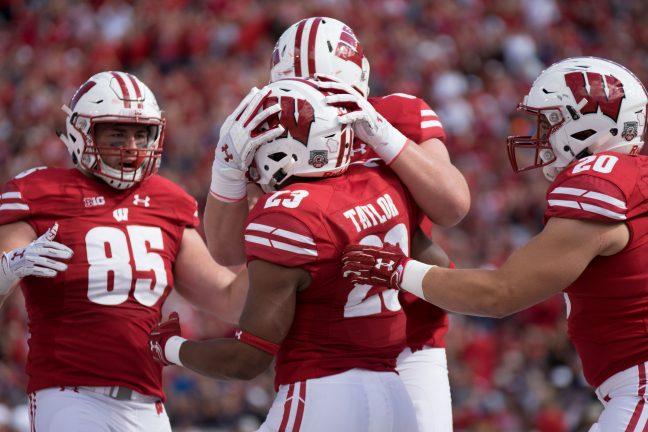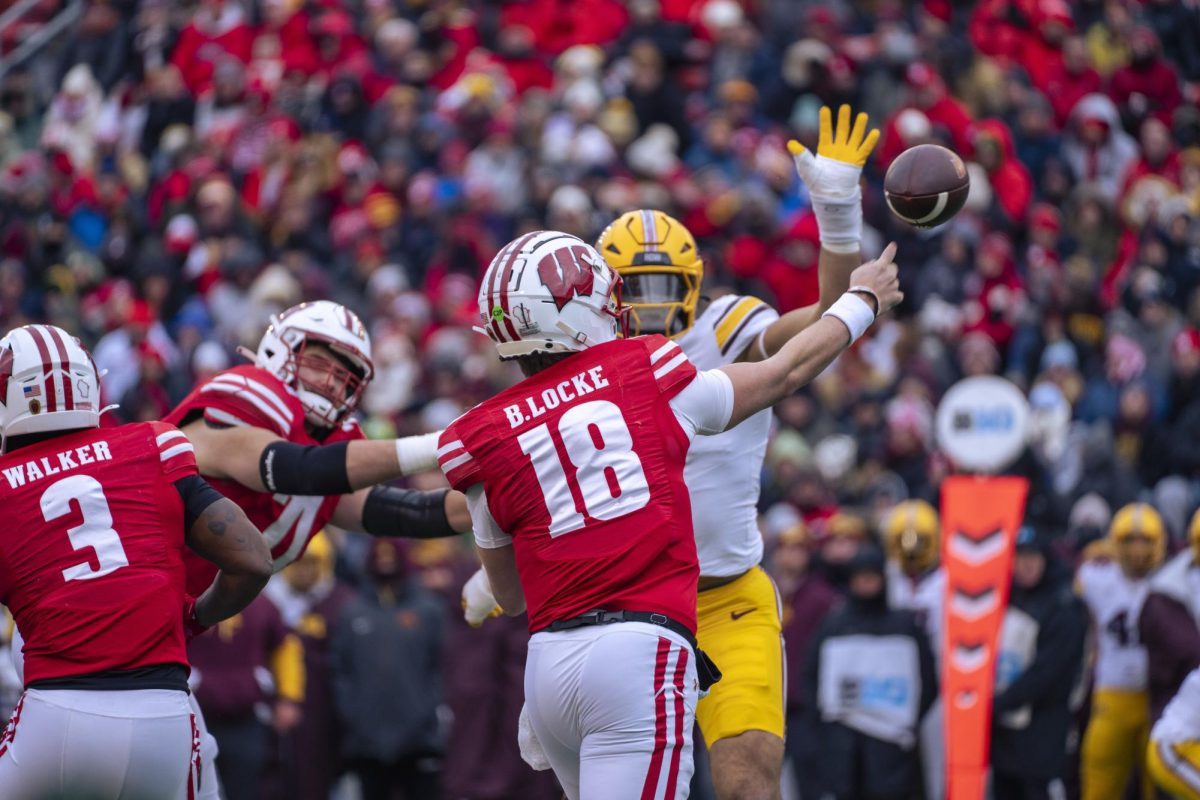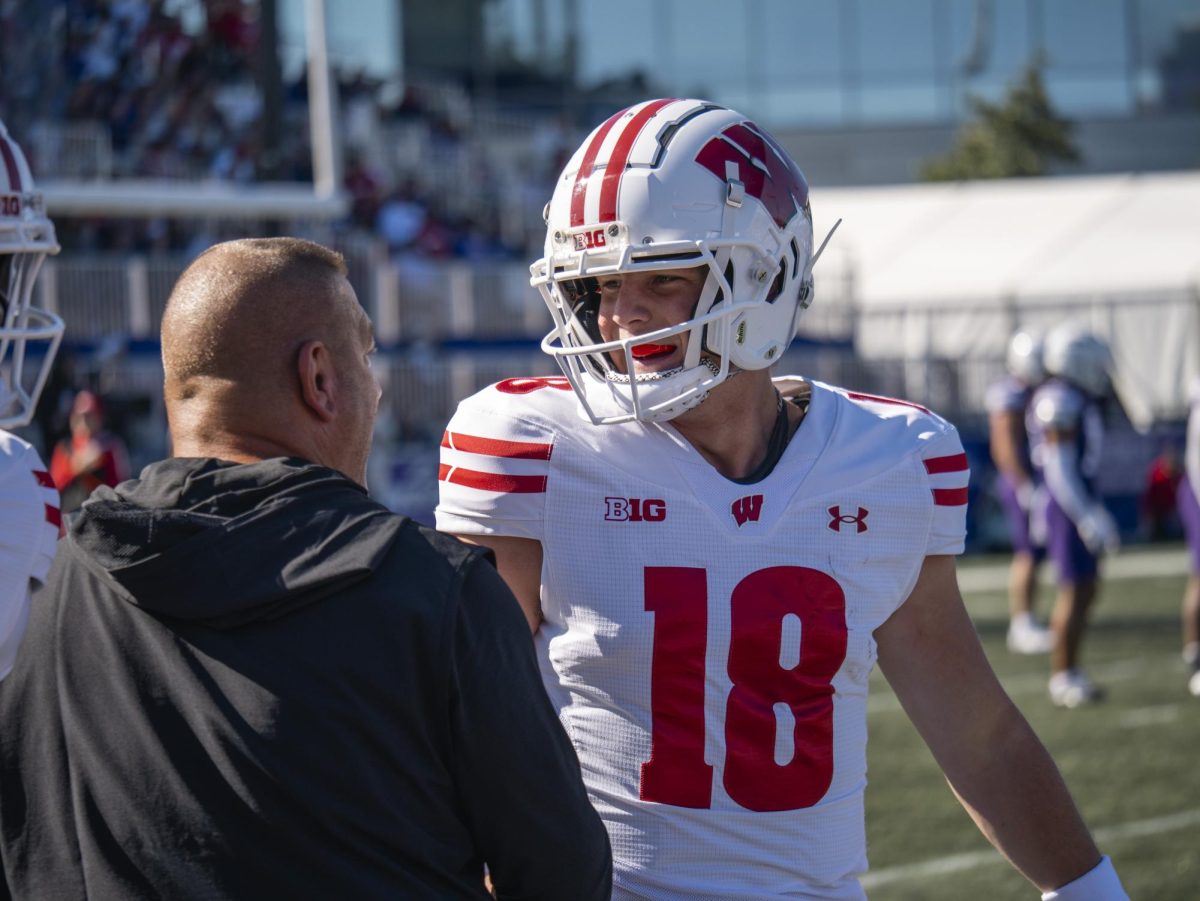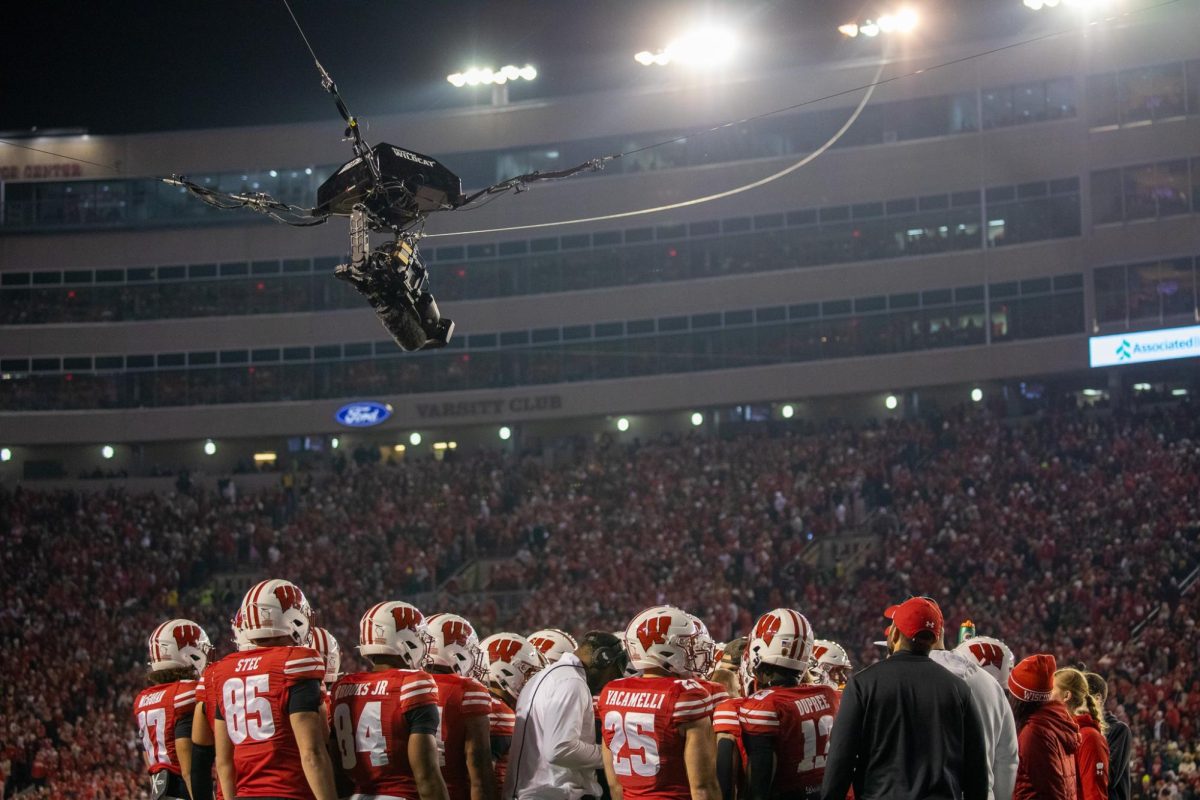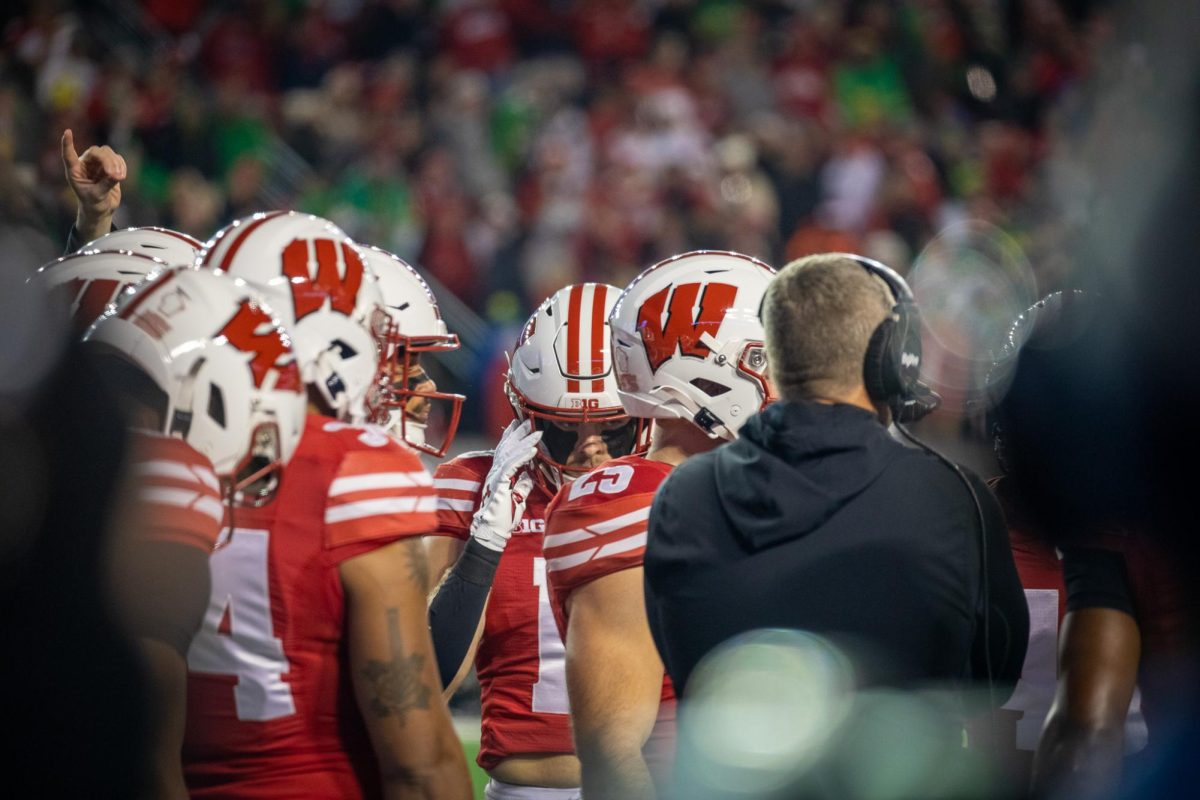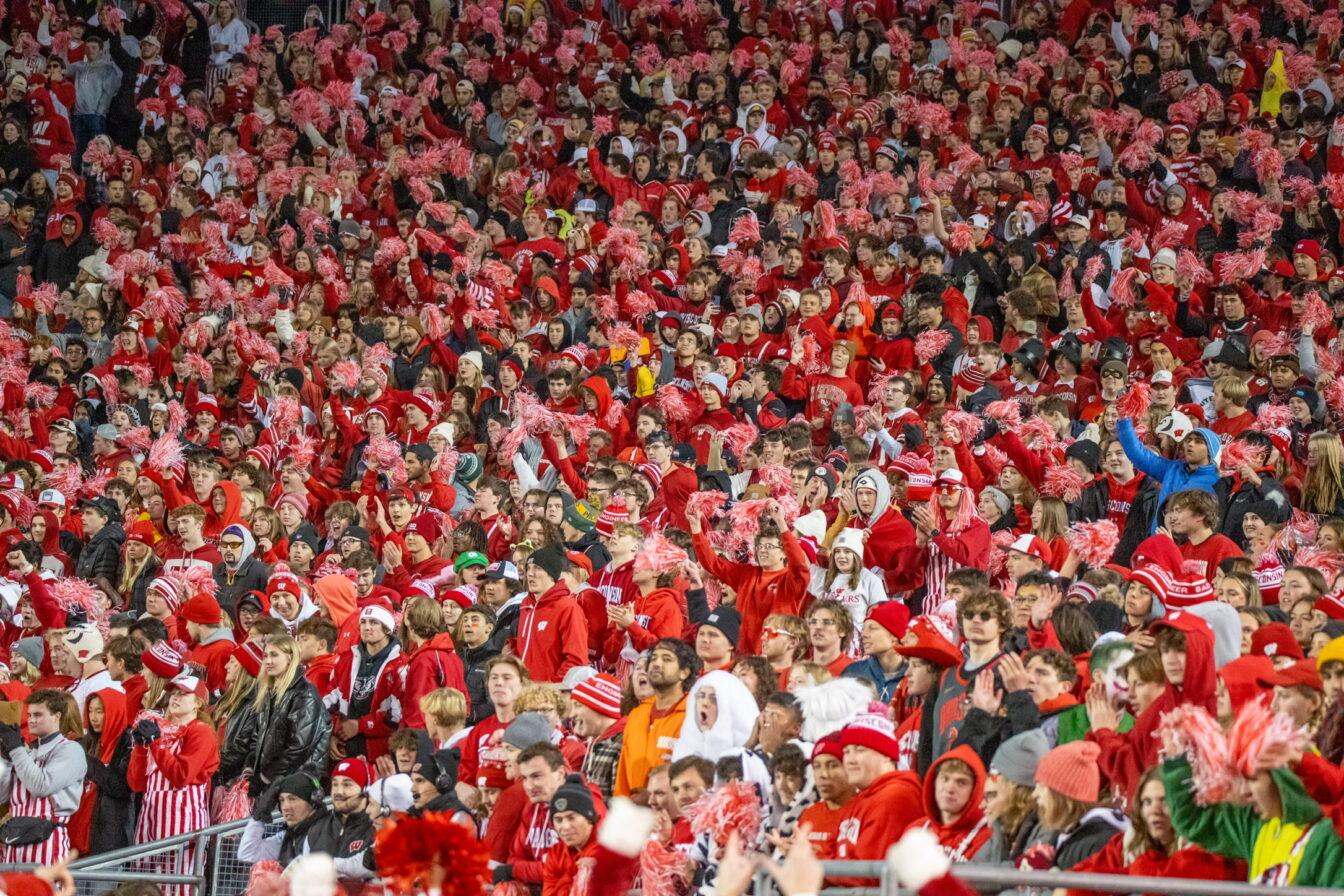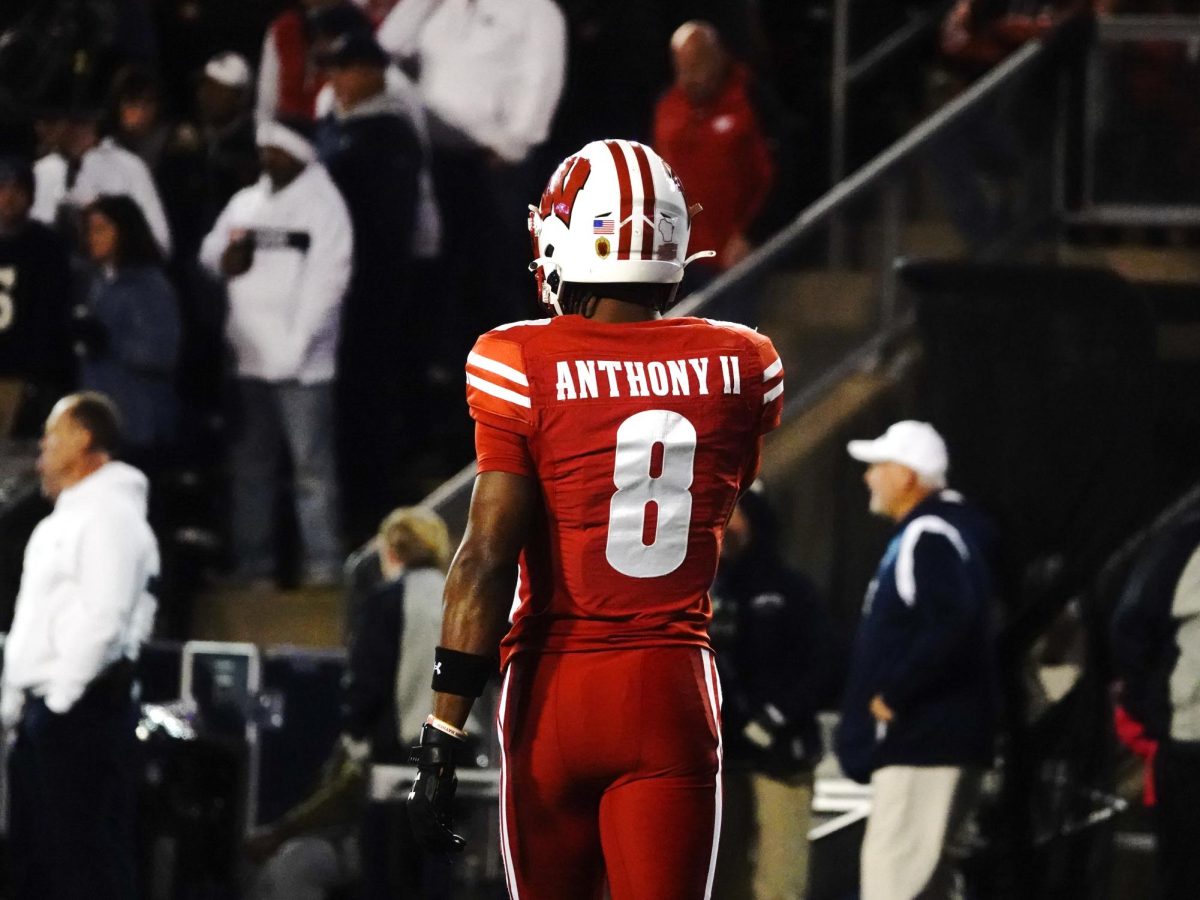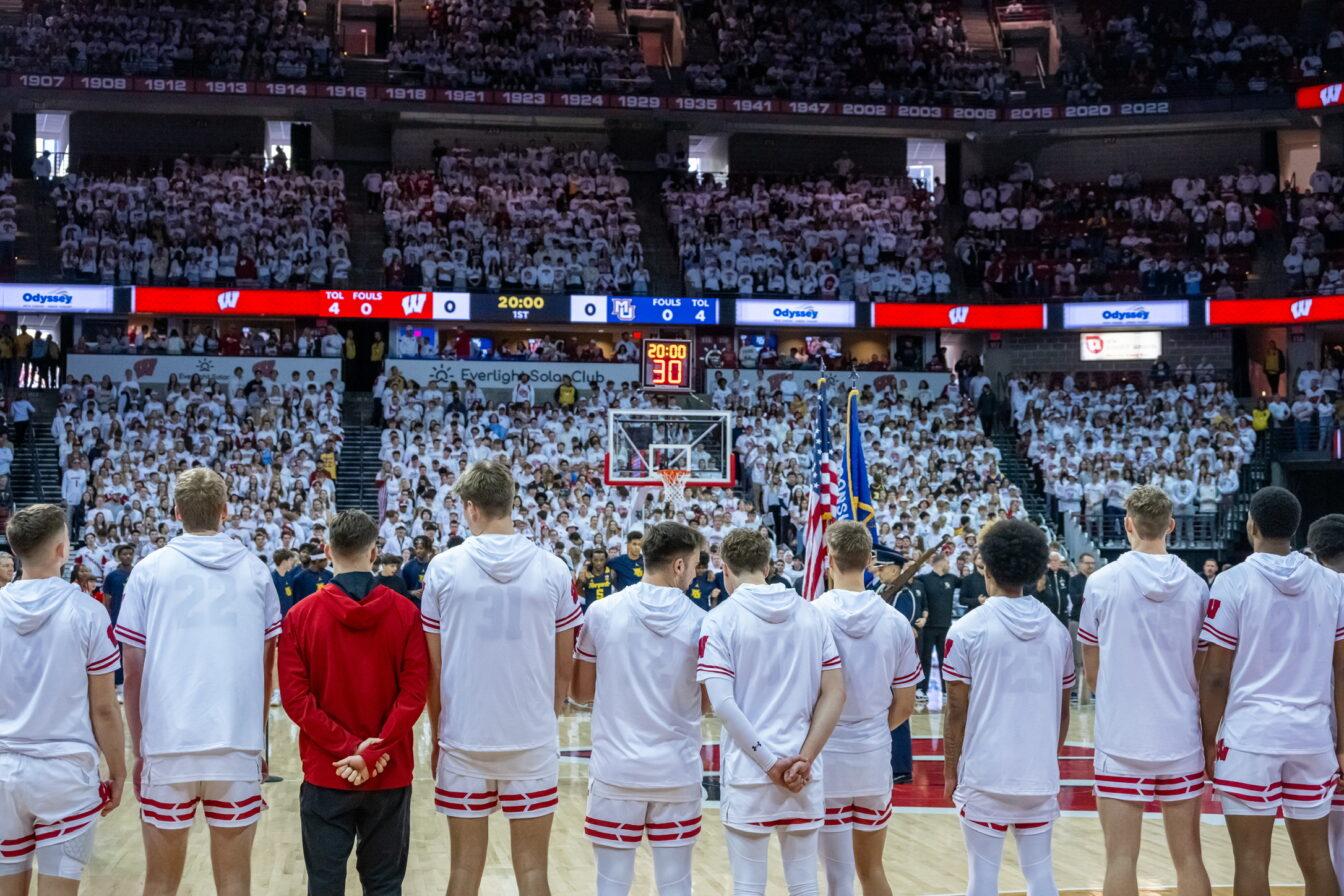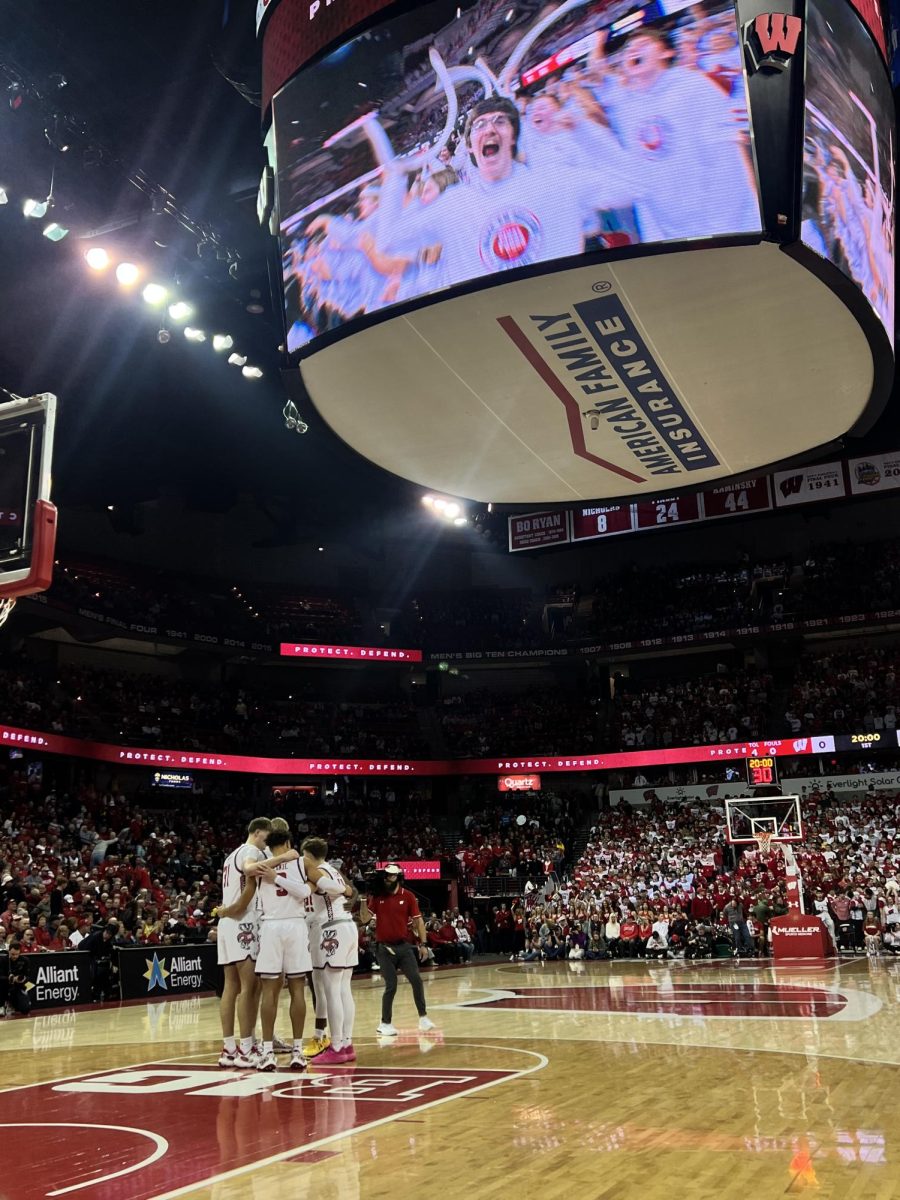College football has officially turned its back on the traditional pro-style offense. Through six weeks of the 2019-20 season, the spread system dominates the playbooks of over half of the Football Bowl Subdivision teams. The Big Ten has been the most reluctant conference to diverge from the success of the power running game, but their stubbornness has come at a glaring cost.
Among the Big Ten, only The Ohio State — courtesy of supreme recruiting and consistent skill players — and Michigan State have been selected for the College Football Playoff since its inaugural season in 2014. With NFL stars Ezekiel Elliott and Michael Thomas highlighting a loaded roster, the Buckeyes broke through and won the title, while Michigan State got shutout in their only appearance.
Assuming any reasonable offensive formula would have carried The Ohio State team to a trophy, however, Big Ten schools have little to show for their run-first, possession-dependent offenses.
After years of absence from the CFP, the question remains in 2019 if any of the better programs in the conference will be able to run their way into the playoff or if success in the modern NCAA depends on the arm of a Heisman-caliber quarterback.
For the University of Wisconsin football team (6-0), the schedule suggests the largest roadblock to the CFP is The Ohio State University, the same team that ruined Wisconsin’s hopes in 2017.
The matchup of two undefeated teams will certainly play a role in the playoff discussion, but a late October loss to The Ohio State University would carry more than seasonal implications. The Badgers have not won in Columbus since 2004, and another defeat with the best defense in the nation and Heisman candidate junior Jonathan Taylor could spell disaster for the future of the Wisconsin style of play.
While Alabama’s junior quarterback Tua Tagovailoa and Louisiana State University’s senior quarterback Joe Burrow consistently roll out of bed and throw for 300 yards and four touchdowns on any given Saturday, teams in the Big Ten tend to give the rock to their tailbacks.
Taylor’s 186-yard performance this last weekend, albeit against the inferior Kent State Golden Flashes, is what made the Badger offense click. Conflicting styles of play have the same fundamental effect in both establishing rhythm and momentum on both sides of the ball.
But now the problem — the disruption of that equilibrium — is that it’s really hard to stop the pass in 2019. And why is that? Is it the genius and unpredictability of the spread? Is it the blazing tempo and amount of possessions associated with pass dependency? The discipline and coaching staff?
Such are the rationales of the experts, the analysts who frequently choose to downplay the reality of modern college football and recruiting inequality. From week one to the championship game, it’s a stacked deck every single year.
UW Athletics: An examination into argument over student-athlete compensation
At the end of the day it is important to understand that college football is played by kids with professional aspirations and an understanding of the path to the “next level.” That is to say, Clemson Head Coach Dabo Swinney and Alabama Head Coach Nick Saban have nothing to apologize for, they simply mastered the recruiting pipeline. It has turned their schools into dynasties with no timeline or expiration date. The concern for parity is very real — common sense says to go where the championships come easiest — and the talent disparity is only getting wider.
That being said, if recruiting is the problem, can it be adjusted to bring a competitive aura back to college football? Probably not. A popular idea is to expand the playoff field from four to eight, 12, or even 16 teams, and programs like Wisconsin would surely go from outsiders to playoff stalwarts.
A wider field would add variability, and even bring forth the March Madness vibe fans love so much. It sounds like a shot in the arm for ratings, and there is no question that some wild upsets would come from a bracket of 16.
But that will never happen. The powers that be benefit greatly from what is going on in Tuscaloosa, Clemson and, unfortunately, not in Madison. The perennial success of Alabama and Clemson means money gets where it needs to go. And, with the passing of legislation allowing college athletes to sign endorsement deals, the hope for parity will further dwindle.
The Wisconsin identity is all Badger fans have left. The path to the playoffs will require the entire team to out-execute the superior talent of the top echelon.
This Wisconsin team may be the best Madison has ever seen, especially on the defensive side of the ball, hence the importance of Oct. 26. This clash with the Buckeyes means so much for the future of college football, and for Wisconsin’s relevance as a program.
Will The Ohio State University once again topple the Badger defense with speed and height at the receiver position? Or will the supremely talented running back and veteran front seven finally overcome the objective talent deficit?
Football: Three takeaways from Wisconsin’s dismantling of Kent State
While it is true these teams could meet twice this season, Wisconsin needs to split or sweep the Buckeyes to win favor over the spread-loving playoff committee. A victory at Ohio Stadium could single-handedly salvage a conference identity, while a Big Ten title to match could mean a breakthrough for so called “cold weather” programs and their football methodologies.
With Georgia putting the ball in the hands of junior quarterback Jake Fromm more and more these days, Wisconsin is currently the highest ranking team maintaining a run-heavy offense. The Badgers really are the best at what they do, but the ultimate question has yet to be answered: Are they good enough to make the CFP?


